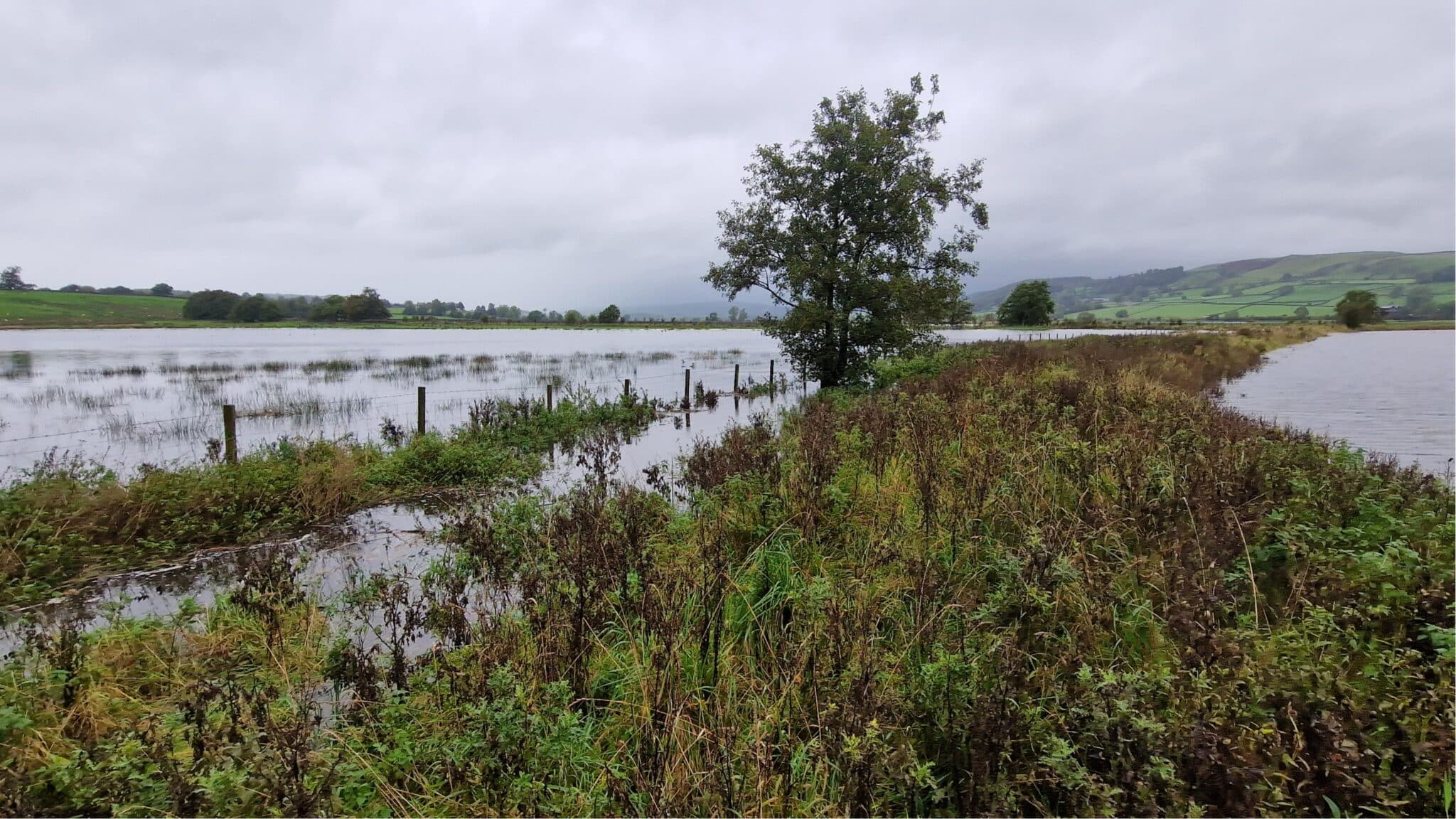
Celebrating The Ribble’s Wonderful Wetlands
Wetlands are among the planet’s most at-risk environments, yet their value to both wildlife and people is massive. These areas of land, whether permanently or seasonally submerged, provide spaces for an array of species specially adapted to call these places home.
Estuaries: Where wetlands and Sea meet
Estuaries are found on the coast, where rivers meet the sea. The Ribble estuary is between Lytham to the North and Stockport to the South. As these waters are usually much calmer than the open sea, they provide safe spaces for smaller fish, shellfish, migratory birds, and mammals such as seals and, on occasion, porpoises and dolphins.
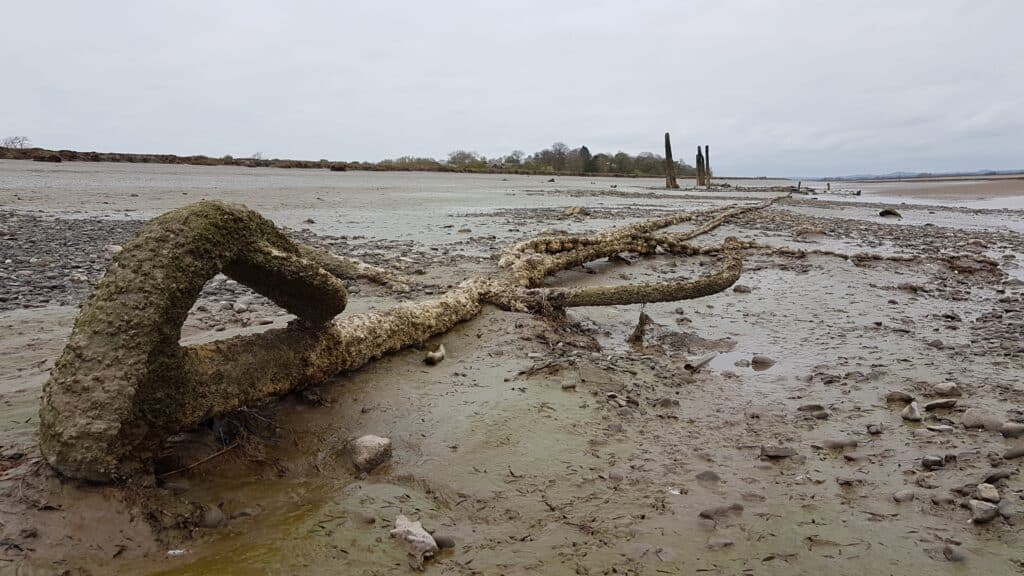
Many plant and animal species thrive in these types of wetlands. The Ribble estuary provides the perfect strategic resting place for over wintering and migrating birds. Some species stop to rest and refuel with others staying the entire winter.
For migratory fish, estuaries perform an essential role. Sea trout, European eels, and Atlantic salmon all swim from the sea up the Ribble to spawn. Beyond their boundaries, estuaries have a ripple effect, attracting breeding birds, amphibians, and bats to their rich surroundings.
Peat Bogs: Nature’s hidden Gems
Usually found much further upstream than estuaries, peat bogs can seem like pretty inhospitable places. But that doesn’t mean that they are barren! There are thousands of unique and specially adapted plants, insects, and birds that call these wetlands their home.
If you take a closer look you’ll see many plants such as sphagnum moss, carnivorous sundews, cotton grass and, of course, heather. These provide food for butterflies and other insects, which themselves provide food for bird species like greenshanks and golden plovers. If you’re lucky you might also spot birds of prey hunting for small birds and mammals.
But it’s not just about habitats. UK peatlands store billions of tonnes of carbon and it’s estimated that this provides half of the UKs carbon storage, despite covering just 12% of our land.
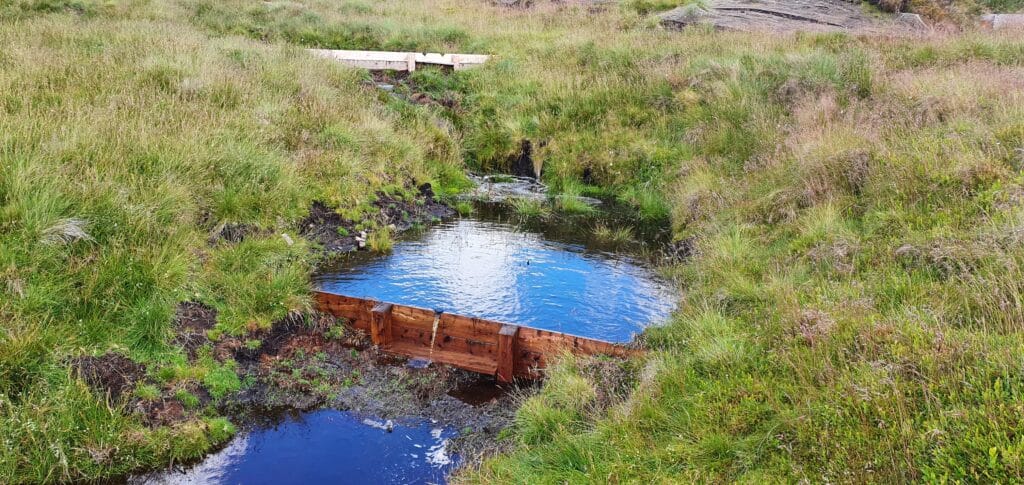
Over the years, we’ve restored hundreds of hectares of peatlands across the upper Ribble catchment and the Pendle area with the aim of reducing flood risk and water pollution as well as capturing carbon and creating habitat.
Ponds: Small spaces with a Big Impact
Ponds can vary massively in size, from a mini garden pond to a naturally occurring pond covering a few hectares.
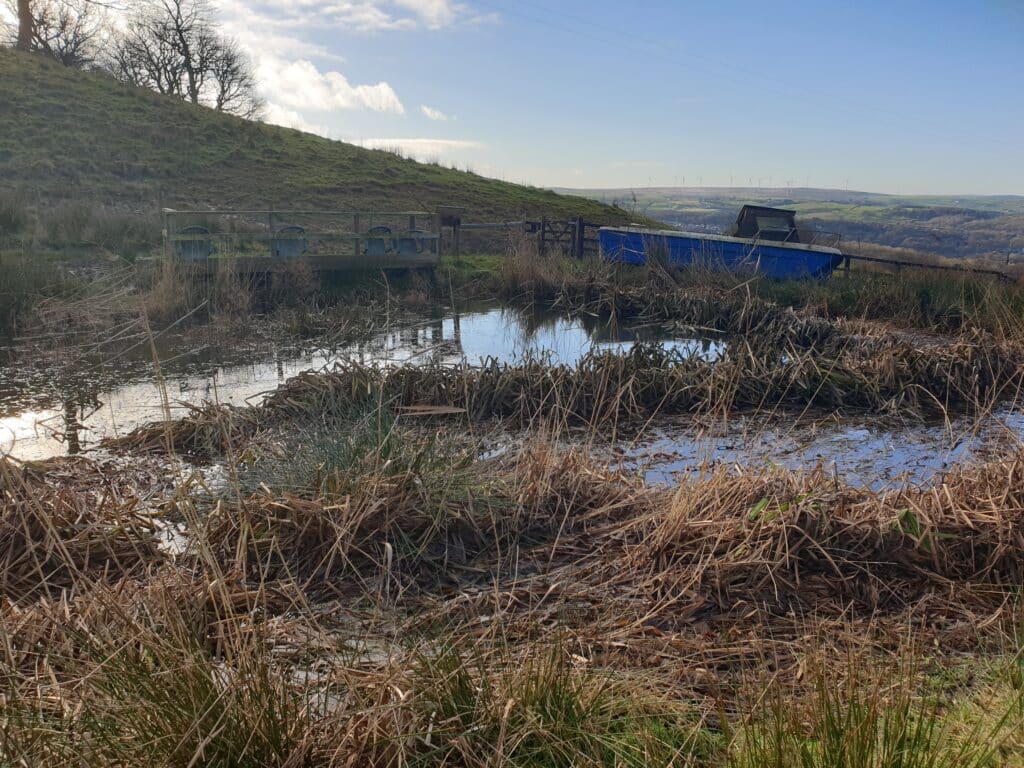
Sadly, ponds are in serious decline, even though creating a garden pond is one of the best things that we can do for wildlife. These spaces have the potential to support around two thirds of our freshwater species. In fact, many species can only survive in ponds.
Ponds provide homes for a range of amphibians such as newts, toads, and frogs, as well as pond invertebrates like water boatmen, diving beetles, and damselflies. They can also attract bats who will feed on these insects and birds who often use ponds to drink, bathe, preen, and cool down in summer.
If you have the space, consider creating your very own pond. Nature will soon take over whilst you sit back and watch!
Wet Grasslands: perfect wetlands
Perhaps the most typical wetlands that comes to mind, wet grasslands are waterlogged, boggy fields that are periodically flooded. Larger wet grasslands, like the one at Wigglesworth Hall, often naturally develop smaller permanent ponds and wet ditches too.
This type of wetland provides excellent habitat for breeding waders, such as lapwings, curlews and redshank. These ground-nesting birds and their young feast on the invertebrates that live in the soft damp soils, ditches and ponds. Several bat species, including the Daubenton’s bat can be found foraging here. These temporary wet areas are also important for dragonflies, water voles and amphibians, which in turn attract grass snakes who come to feed on the frogs, toads and newts.
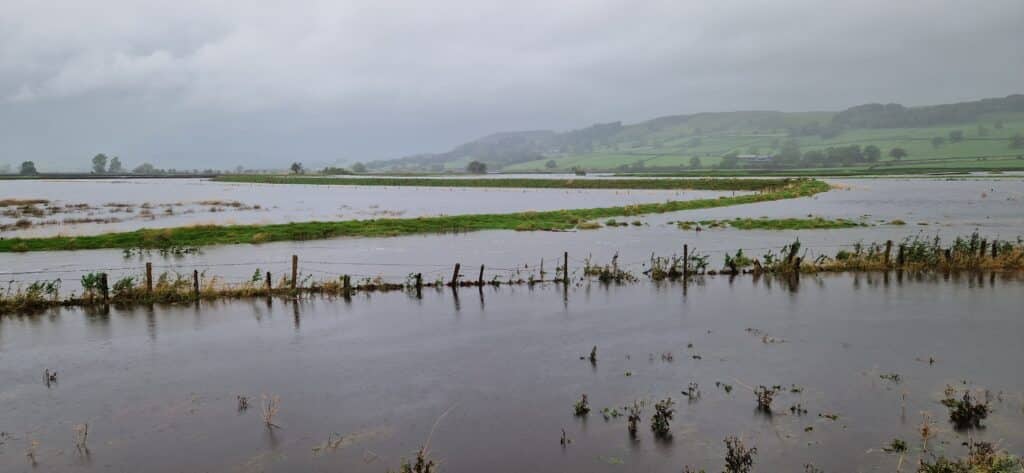
Because the periodic floods often deposit silt and sediment, the fields are often very nutrient rich, so they’re home to a huge variety of wildflowers, providing vital food for bees and other pollinators.
Wet Woodlands: The Ever-Changing Environments
Wet woodlands are woodlands growing in poorly drained or seasonally flooded soils. Because they offer so much variety in habitat throughout the year, they’re very special places.
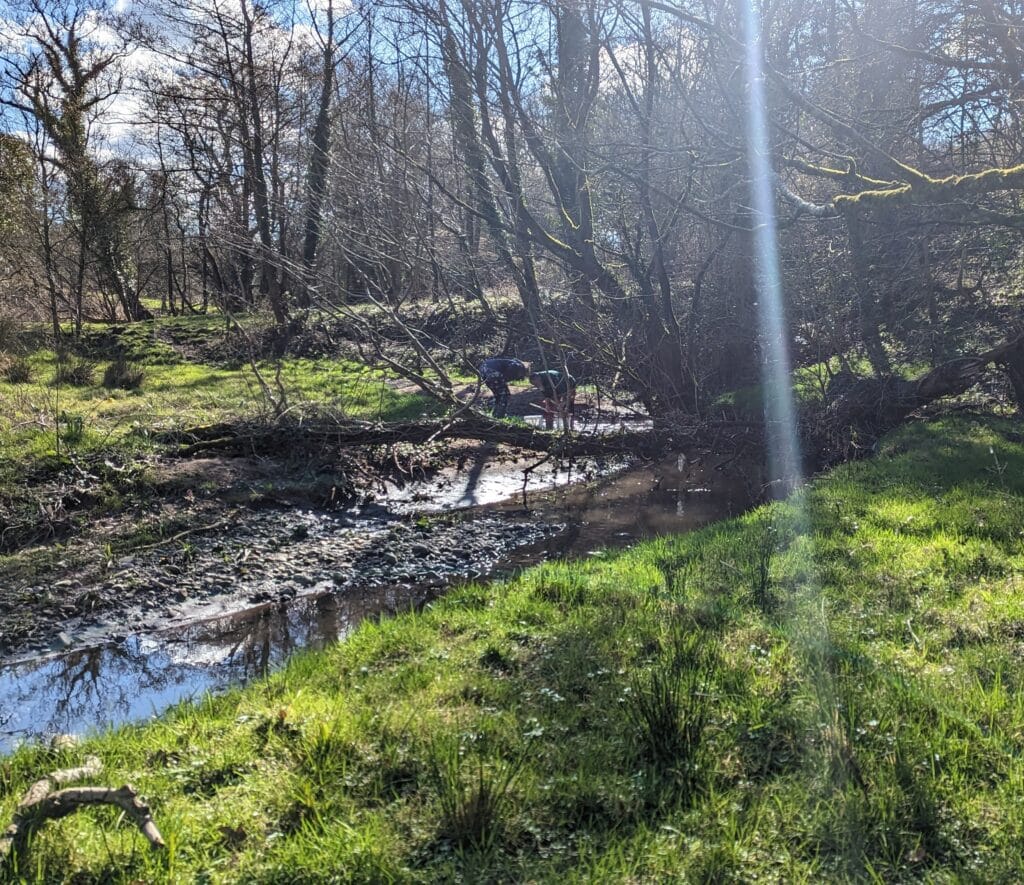
The mix of muddy water, ponds, woodland clearings, ferns, mosses, and trees provides habitat for countless species. These spaces often have plenty of rotting dead wood too. Whilst this might not sound like a good thing, it is! Dead wood supports beetles, moths, spiders, and snails. In turn, these creatures support amphibians and even reptiles like grass snakes.
Ribble Rivers Trust have worked on several woodlands to create wetter habitats, including our leaky dams which we install to create habitat, protect rivers, and reduce flood risk naturally.

